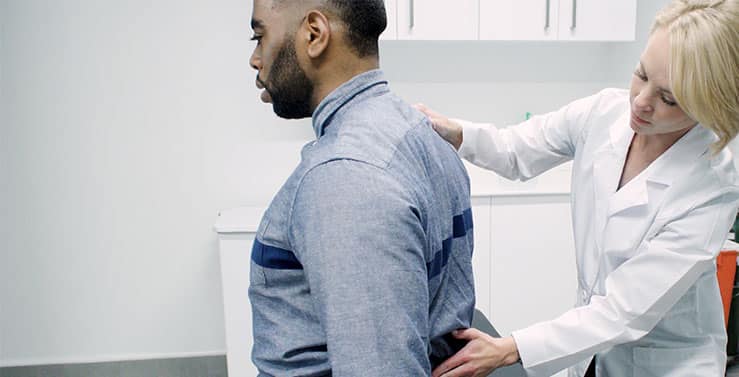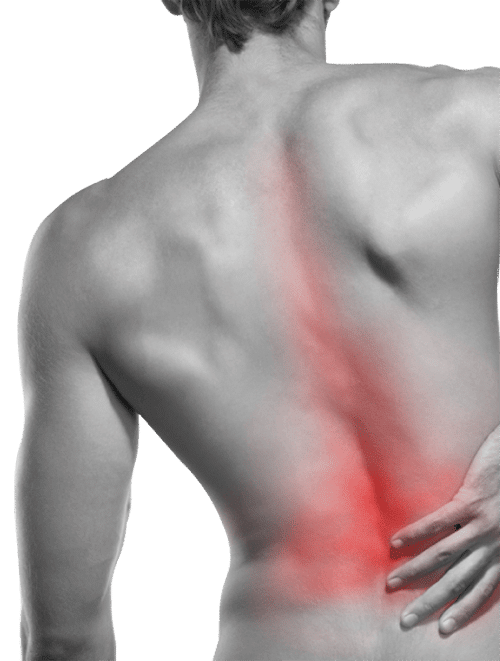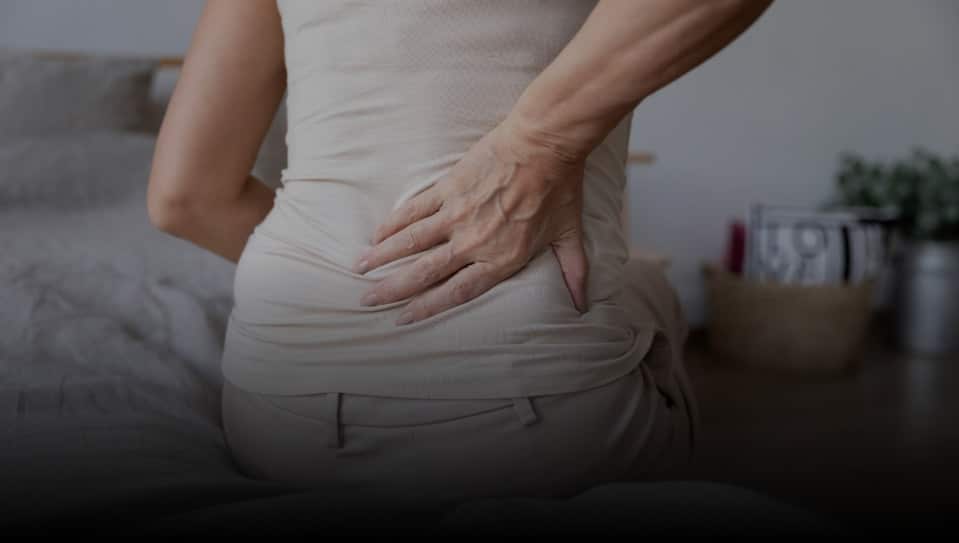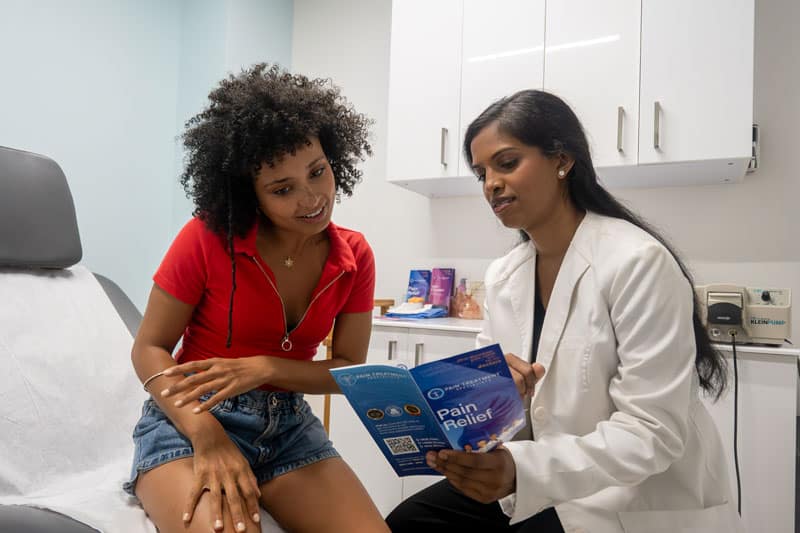What are the best treatments for spinal stenosis in elderly patients?
As we age, our bones and joints can begin to wear down, leading to a number of painful conditions. Spinal stenosis is one such condition that affects many older adults. Spinal stenosis occurs when the spaces in the spine narrow, putting pressure on the spinal cord and nerves. This can lead to pain, numbness, and weakness in the back, legs, and arms.
Thankfully, there are a number of treatment options available for those suffering from spinal stenosis. While some opt for surgery, most patients can find relief with more conservative, non-surgical treatments. In fact, you must exhaust all possible non-surgical options before considering spine surgery. Here are some of the best options for treating spinal stenosis in elderly patients:

Physical Therapy
One of the best ways to treat spinal stenosis is through physical therapy. A physical therapist can help stretch and strengthen the muscles around the spine, which can help take some of the pressure off the nerves. They can also teach you how to properly move and position your body to avoid aggravating your condition.
Non-steroidal Anti-Inflammatory Medications (NSAIDs)
If physical therapy alone isn’t enough to manage your pain, your doctor may also recommend pain medications. Over-the-counter options like ibuprofen and acetaminophen can help relieve mild to moderate pain. For more severe pain, your doctor may prescribe stronger medications, like non-steroidal anti-inflammatory medications, that alleviate inflammation and reduce pain.
Epidural Injections
Epidural injections are another possible treatment for spinal stenosis. These injections deliver corticosteroids and other pain-relieving medications directly to the area around the spinal cord. They can help relieve pain and inflammation and may be especially helpful if physical therapy and pain medications haven’t been effective.
Surgery (Last Resort)
In some cases, surgery may be necessary to treat spinal stenosis. The most common type of surgery for this condition is called a laminectomy. This procedure involves removing the lamina, which is the bone that covers the spinal cord. This can relieve pressure on the nerves and improve symptoms. Surgery is only recommended if other non-surgical treatment options haven’t been successful in relieving pain.
Back Center New Jersey is led by highly-skilled, board-certified interventional pain specialists who offer the latest and safest treatments for back pain. Our back pain doctors carefully examine your spine, discuss your goals and concerns, administer imaging tests, and curate a personalized, minimally invasive treatment plan for spinal stenosis. You can find our state-of-the-art back centers in West Orange, Clifton, Woodland Park, and Paramus. Please schedule an appointment at your nearest back center in New Jersey to explore your spinal stenosis treatment options.
Spinal stenosis in young adults: what are the treatment options?
Spinal stenosis is a common condition that can cause pain and disability. The condition is caused by the narrowing of the spinal canal, which puts pressure on the spinal cord and nerves. This can lead to pain, numbness, and weakness in the arms and legs. Spinal stenosis is more common in older adults, but it can occur in young adults as well. If you have spinal stenosis, there are several treatment options available, including non-steroidal anti-inflammatory drugs (NSAIDs), physical therapy, exercise, weight loss, epidural injections, and surgery (last resort).
What is spinal stenosis?
The spinal canal is the passageway for the spinal cord and surrounding nerves. It is normally a round, hollow space in the center of the vertebrae. As we age, the spine can begin to narrow, a condition called spinal stenosis. When the spinal canal narrows, it puts pressure on the spinal cord and nerves. This can cause pain, tingling, weakness, or numbness in the legs, back, neck or shoulders. In severe cases, it can make it difficult to walk or even stand.
Spinal stenosis is most common in people over age 50 and is more likely to occur in people with a family history of the condition. It is also more common in women than men. Spinal stenosis can be caused by a number of things, including:
- Bone spurs. These are small, bony growths that can form on the vertebrae.
- Thickened ligaments. The ligaments that hold the vertebrae together can thicken and narrow the spinal canal.
- Herniated disks. Disks act as cushions between the vertebrae. A herniated disk can bulge out and narrow the spinal canal.
- Tumors. Both cancerous and noncancerous tumors can grow inside the spinal canal and compress the nerves.
What are the symptoms of cervical stenosis?
Cervical stenosis is a rare condition that can cause problems with urination, bowel movements, and sexual intercourse. The most common symptom is a pain in the lower back or legs. Other symptoms may include weakness in the legs, numbness in the legs or arms, and loss of bladder or bowel control. If you experience any of these symptoms, it is important to see a doctor.
Can spinal stenosis cause leg swelling?
Yes, spinal stenosis can cause leg swelling, as well as pain, numbness, and weakness. This happens when the spinal canal narrows and puts pressure on the spinal cord and nerves. The symptoms are worse when you stand or walk, and they may go away when you sit or lie down. If you have spinal stenosis, you may need to see a back pain doctor for treatment.
Can cervical neck problems cause lower back pain?
Yes, cervical neck problems can cause lower back pain. When the neck is not in alignment, it can put pressure on the nerves that run from the neck to the lower back. This pressure can cause pain and other symptoms. If you have neck pain and lower back pain, it is important to see a back pain doctor near your location in New Jersey.





